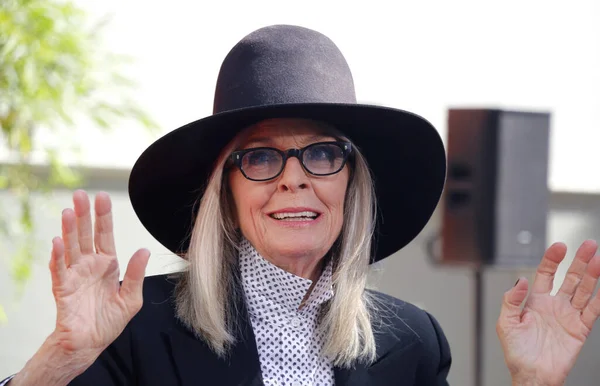
The death of Diane Keaton at 79 marks the end of a segment of Hollywood’s past from the advent of Old Hollywood to the unapologetic distinctiveness of New Hollywood It was no filmography it was a cultural path, a trace that established the terms on which audiences perceived women on screen and women were compelled to define themselves off it.
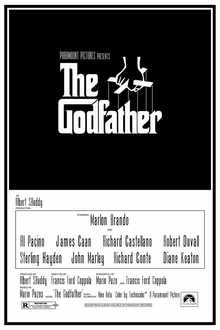
1. The Godfather Breakthrough
Keaton’s ascent started with her Kay Adams-Corleone role in Francis Ford Coppola’s “The Godfather” (1972) and “The Godfather Part II” (1974). She was the wife of Michael Corleone and one of the several well-crafted female roles in the gangster epic cycle. Her fans credit her work in the second film as the best, especially when Kay is discussing Michael’s awareness of her abortion with him and when she informs him that she would never bring another Corleone into the world. That’s a scene that demonstrates how she was capable of bringing depth and moral sensitivity to characters who would otherwise be overshadowed by male performances.
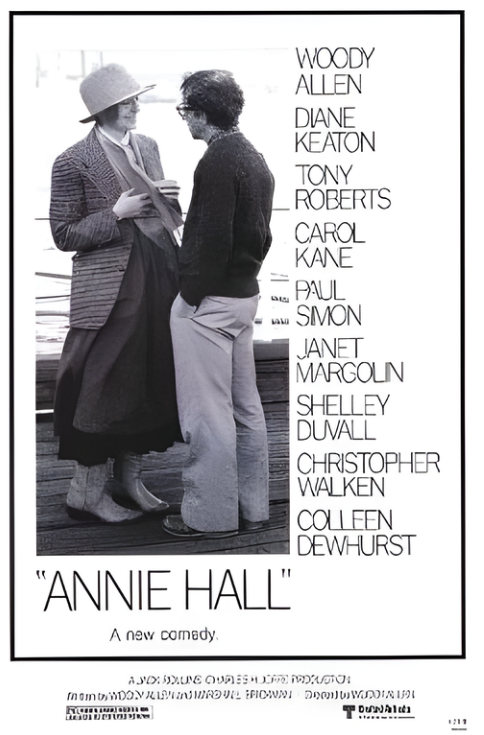
2. Annie Hall and Cultural Impact
Woody Allen penned “Annie Hall” in 1977 for Keaton alone, letting loose her offbeat charm, wit, and vulnerability to the world. Her bittersweet examination of love in the film earned her an Academy Award for Best Actress and a place in film history. Her bowler hats and neckties were a fashion phenomenon that would shape romantic comedies for decades to come. Her offbeat naturalism like the classic “La Di Da” montage is nevertheless still the standard by which performers measure realism in the genre, a critic asserts.
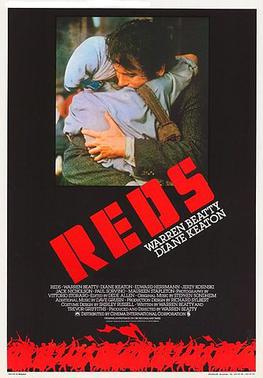
3. Comedy to Drama versatility
Keaton’s career was one of genre-hopping masterclass. She transitioned smoothly from Allen’s comedies, including “Sleeper,” to serious dramas, including “Looking for Mr. Goodbar,” in which she played a solitary schoolteacher struggling against fragile love affairs. As journalist Louise Bryant in “Reds” (1981), she was intelligent and sharp-tongued and earned a second Oscar nomination. She then infused warmth and humor into such films as “Baby Boom,” “Father of the Bride,” and “Something’s Gotta Give” and redefined middle-aged romantic heroes.
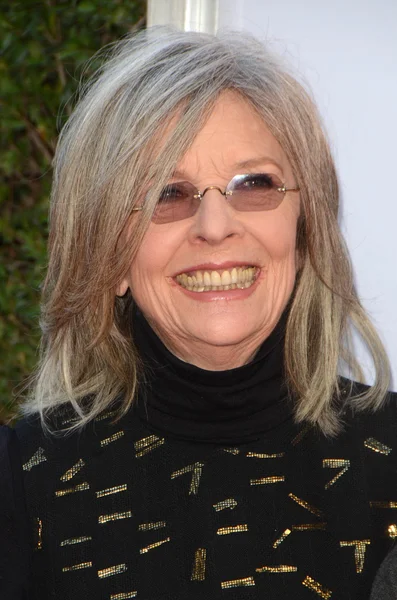
4. Woody Allen collaborations
Her professional relationship with Allen lasted decades, starting in the 1969 Broadway production of “Play It Again, Sam.” Allen had referred to her as “one of the greatest natural comediennes I’ve ever seen,” and their on-screen chemistry was noted in movies such as “Manhattan” and “Manhattan Murder Mystery.” In scandals surrounding Allen, Keaton supported him, asserting in an interview with The Guardian, “Woody Allen is my friend and I continue to believe him.” Allen reacted by giving much credit to her for his success, saying, “Much of what I’ve accomplished in my life I owe, for sure, to her.”
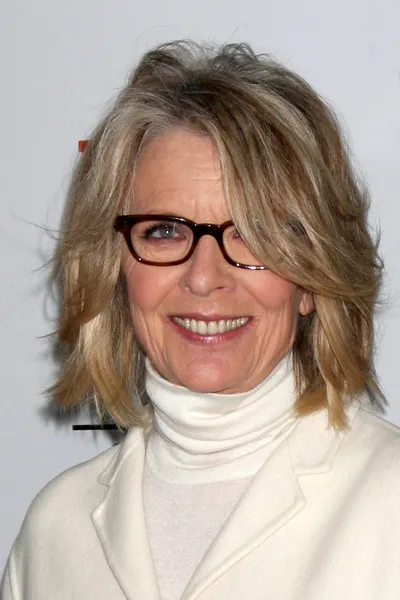
5. Personal Style as Rebellion
Keaton’s style was as individual as her acting. She created an image wide hats, vests, ties that was independence and self-sufficiency incarnate. In a Hollywood era obsessed to a great degree with sex, she would be subject, never object. Her style communicated practicality and fantasy alike, from turtlenecks she wore following surgery for skin cancer to specially designed blazers that became part of her public image.
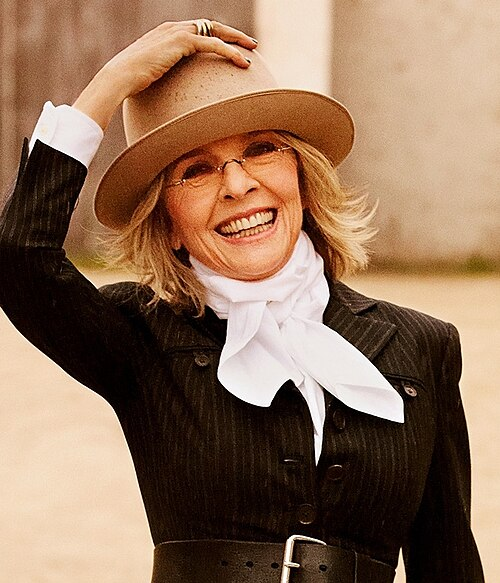
6. Memoir ‘Brother & Sister’
Keaton’s 2020 memoir “Brother & Sister” moved from Hollywood to family, a memoir of life with brother Randy Hall, who battled mental illness, alcoholism and ultimately dementia. “I think a lot of families go through this, and it’s sort of unwritten and unexplored,” she said to USA TODAY. Her recollections are intertwined with Randy’s poetry, collages, and journals in a tapestry of an engaged sibling relationship disrupted by distance. She is tormented by guilt for having missed his worst years, although she concedes, “I was busy with me.”
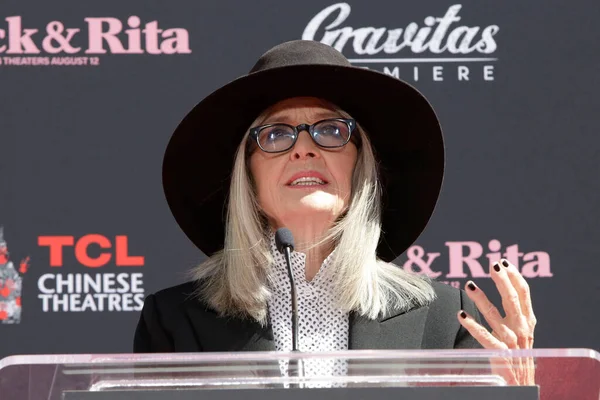
7. Mental Health Advocacy
In her memoir, Keaton aimed at de-stigmatizing major mental illness and persuading families to talk about it freely. She did not set out to “rescue” her brother but accepted the holiness of his imagination, even its darkness. This forgiving attitude pleased readers who saw in her book an expression of compassion without judgment.
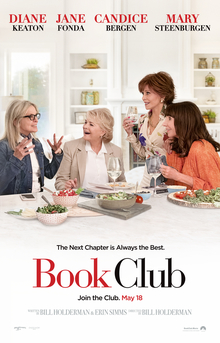
8. Later Career and Legacy
Even at an advanced age in life, Keaton did not keep still, acting in “Book Club” (2018), “Mack & Rita” (2022), and “Summer Camp” (2024). “I’m the luckiest woman ever!” she explained to USA TODAY in 2022, embracing the uniqueness of aging Hollywood-fashion and paying respect to diligent creative labor. Her longevity in being pertinent over decades gave her room for maneuver and lasting popularity.
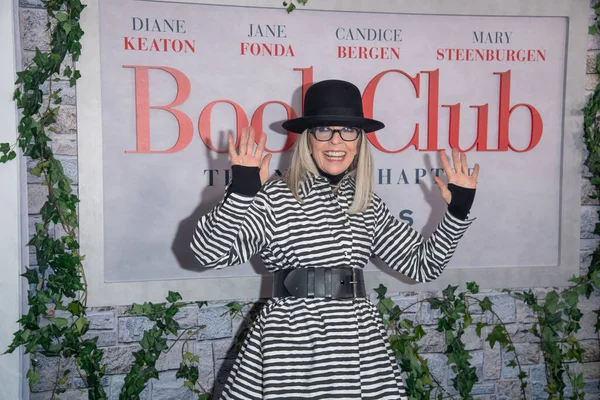
9. A Legacy of Self-Authenticity
Keaton’s career and life were the compelling mixture of individual integrity and artistic greatness. She took on projects and came-ons because they were good ends in themselves, not because they were cool or necessary. For as she remarked at one point, “I really like to see. I guess my favorite thing in life is the fact that I am able to see. It’s just so incredible.” That simple joy and her indomitable independence are her best lasting legacy to moviegoers.


